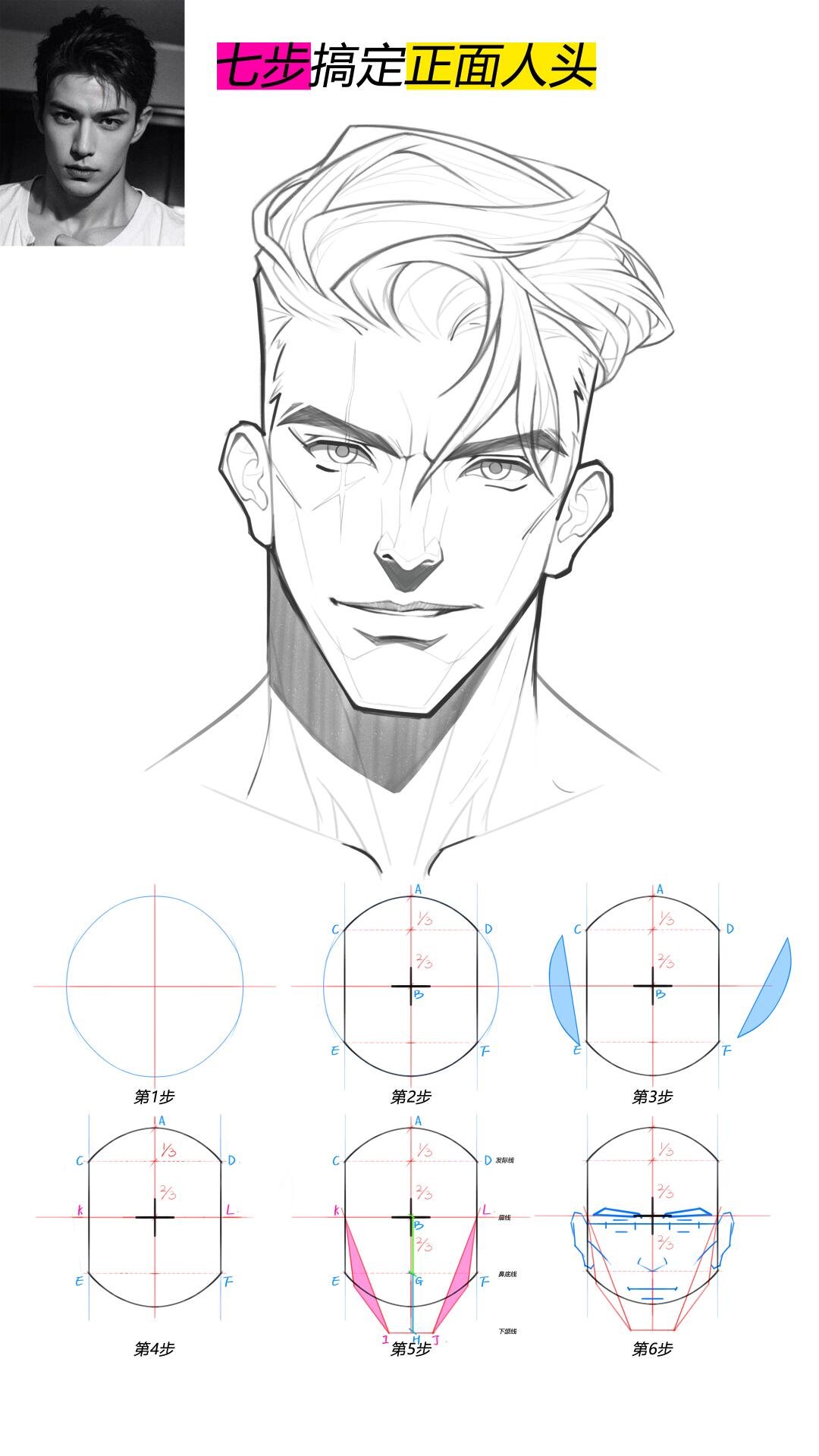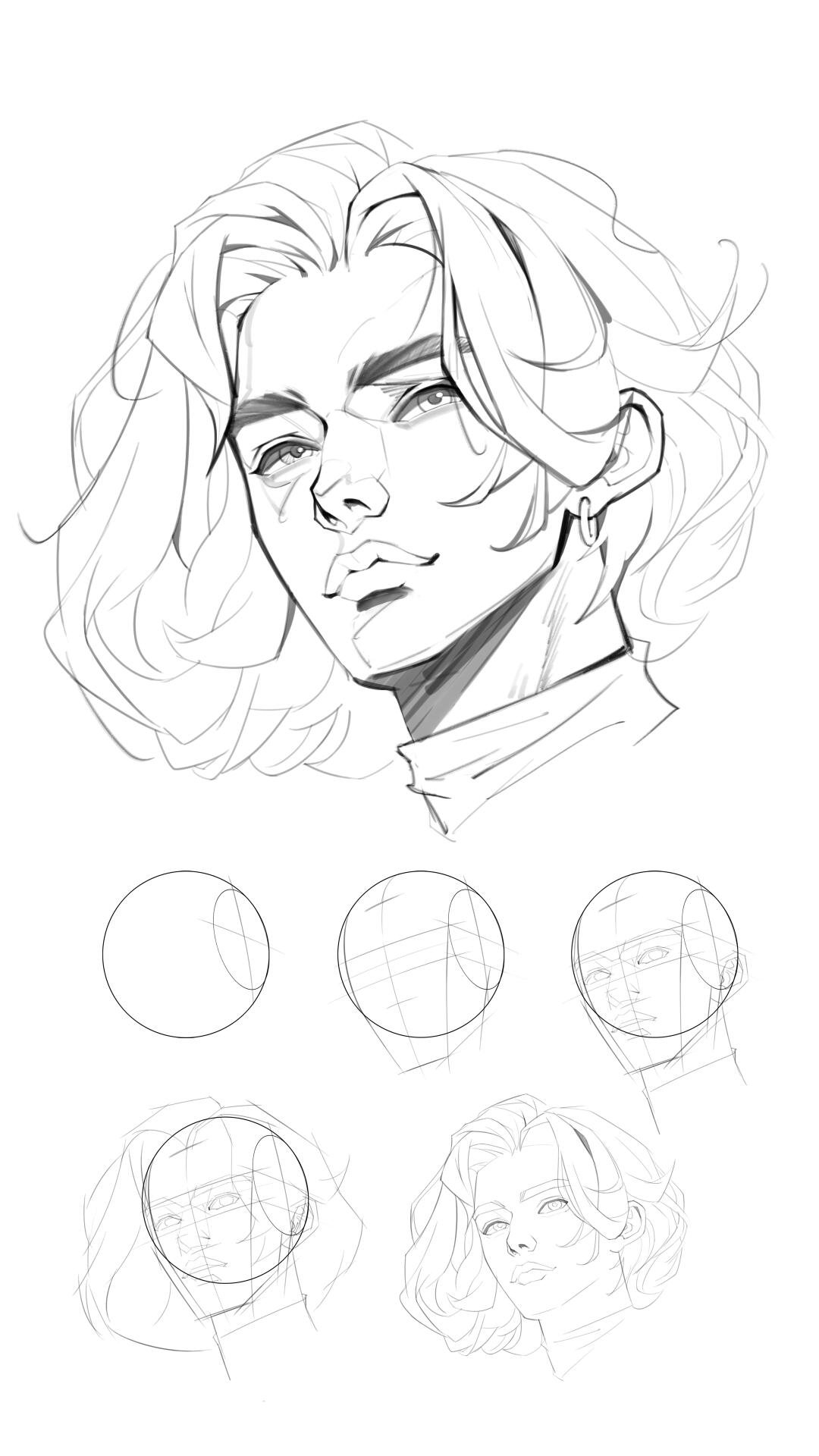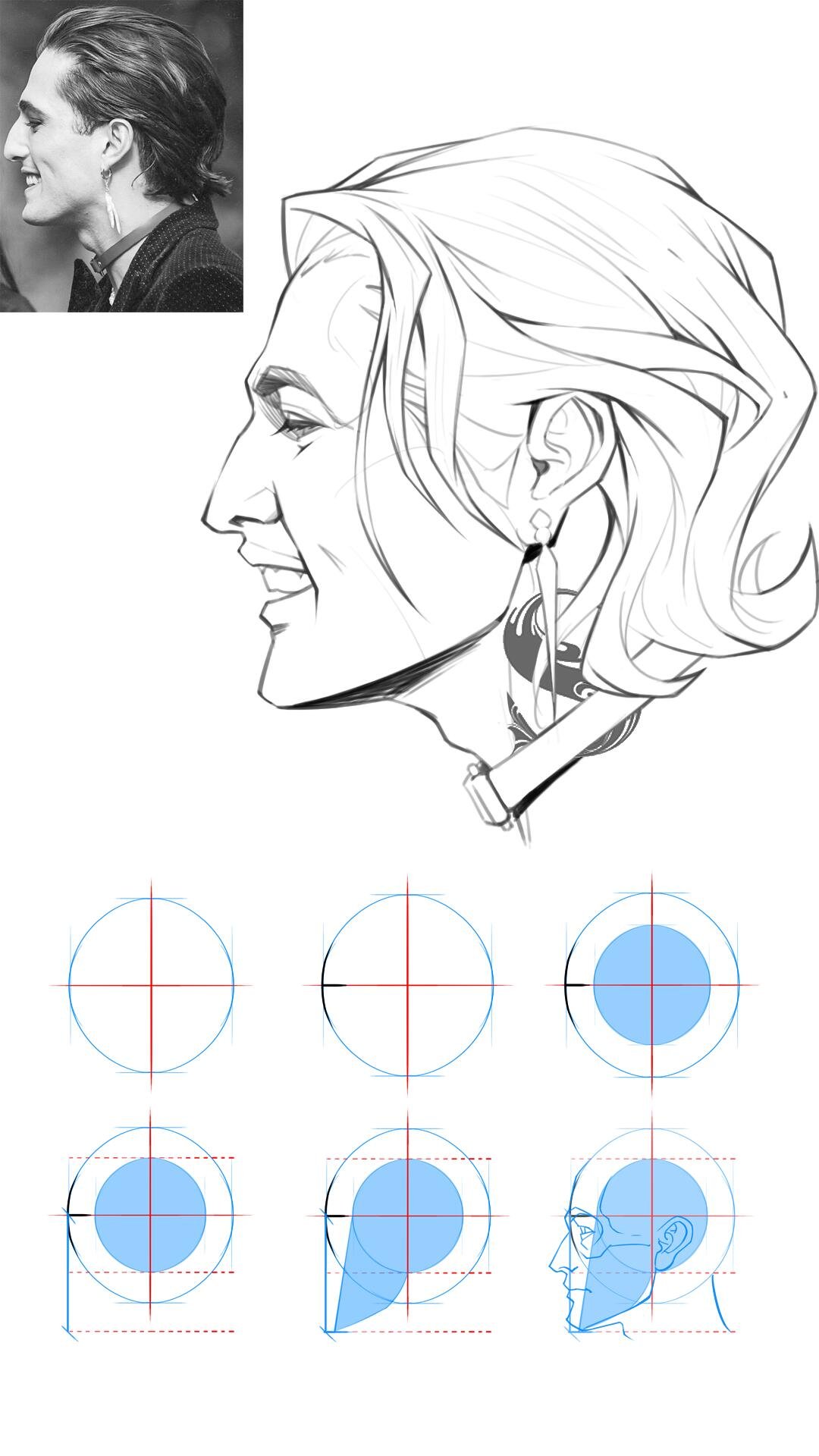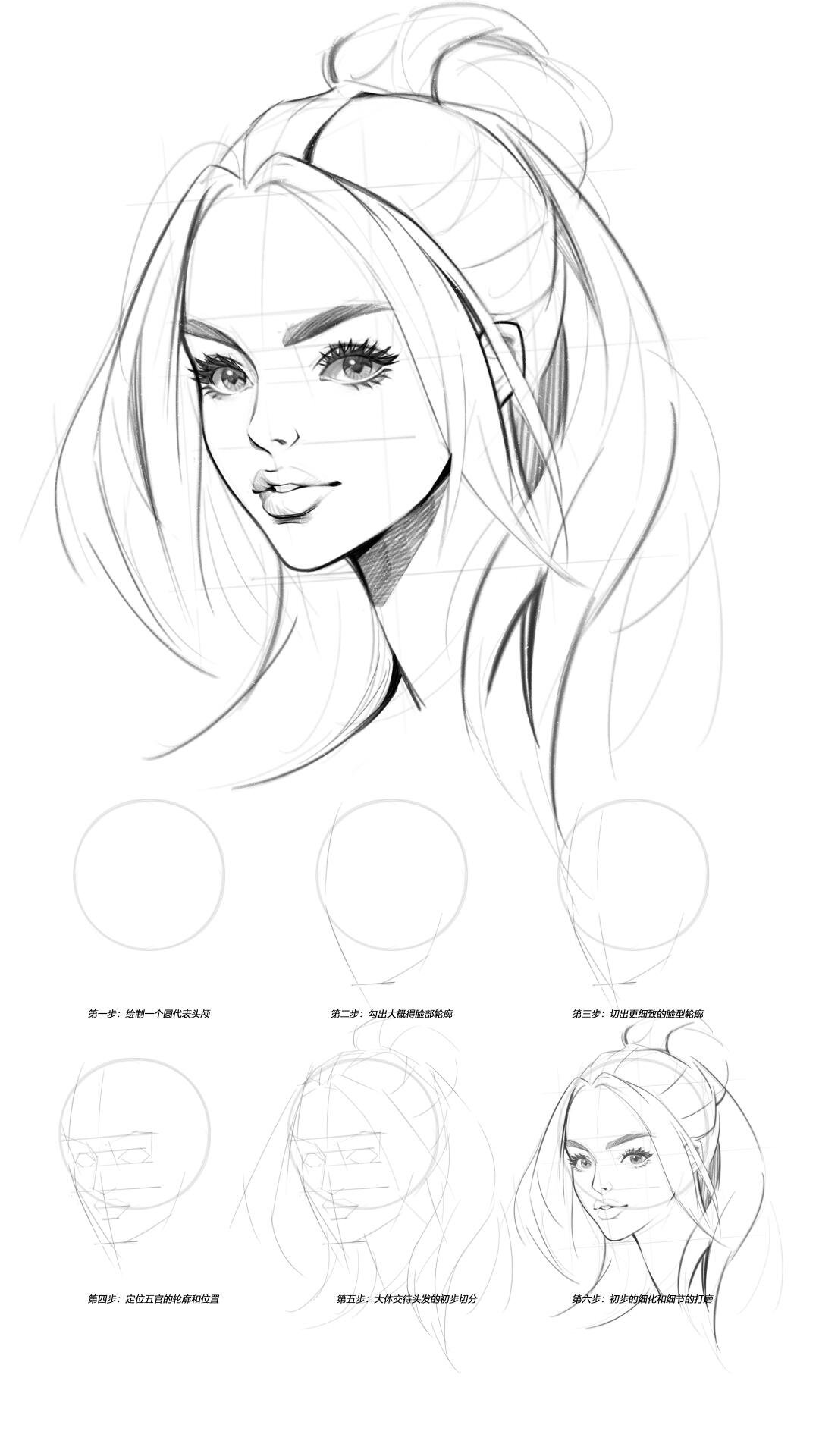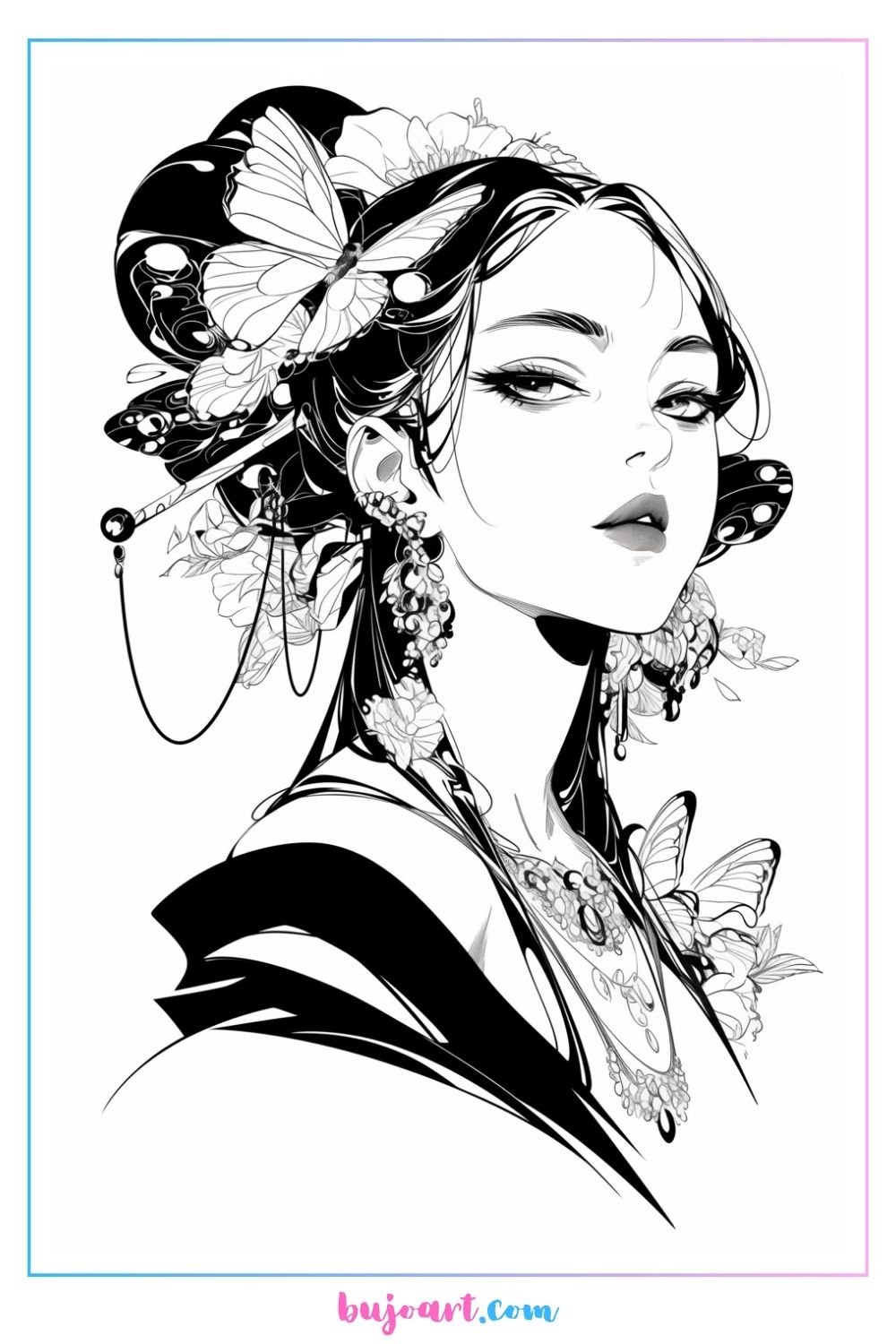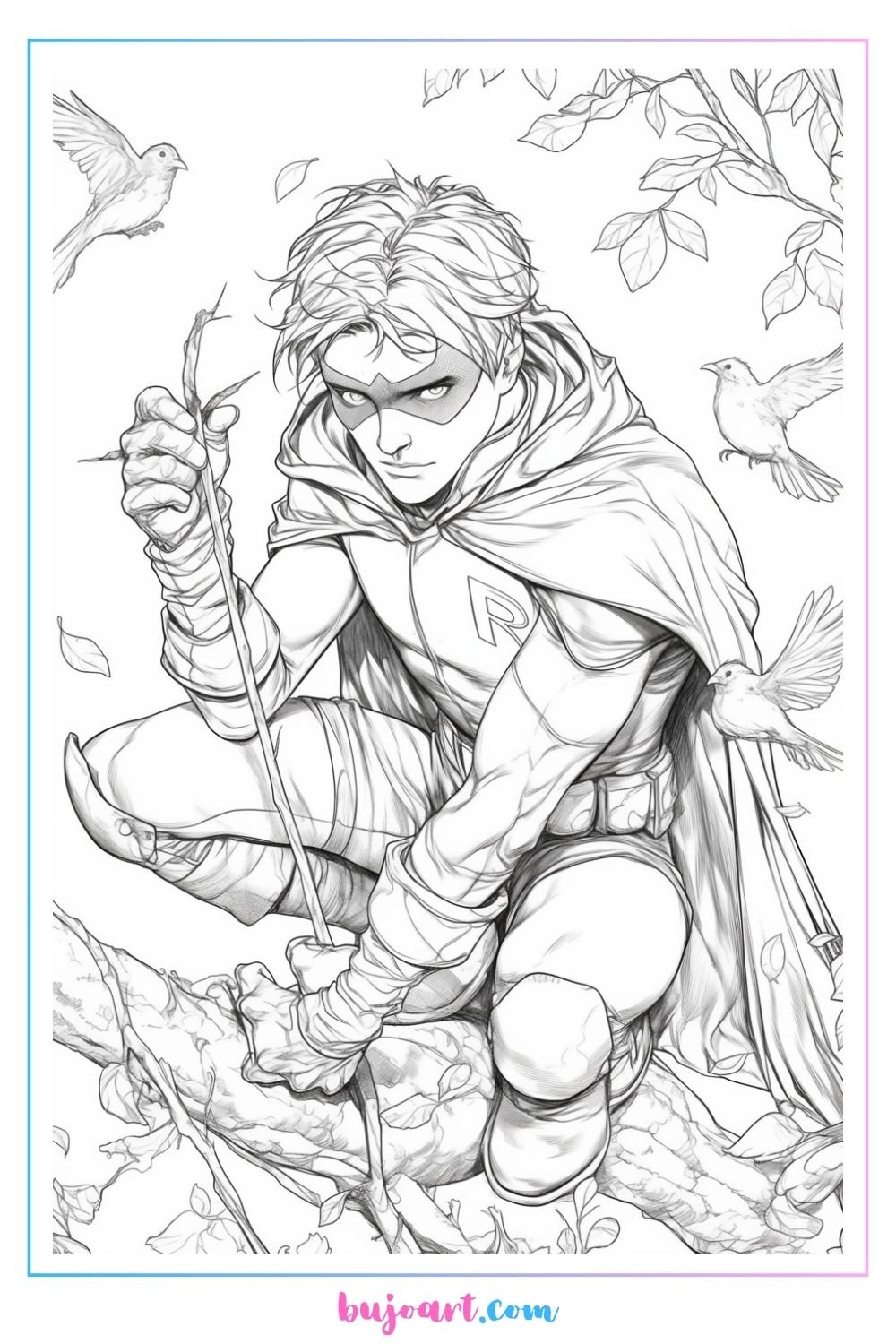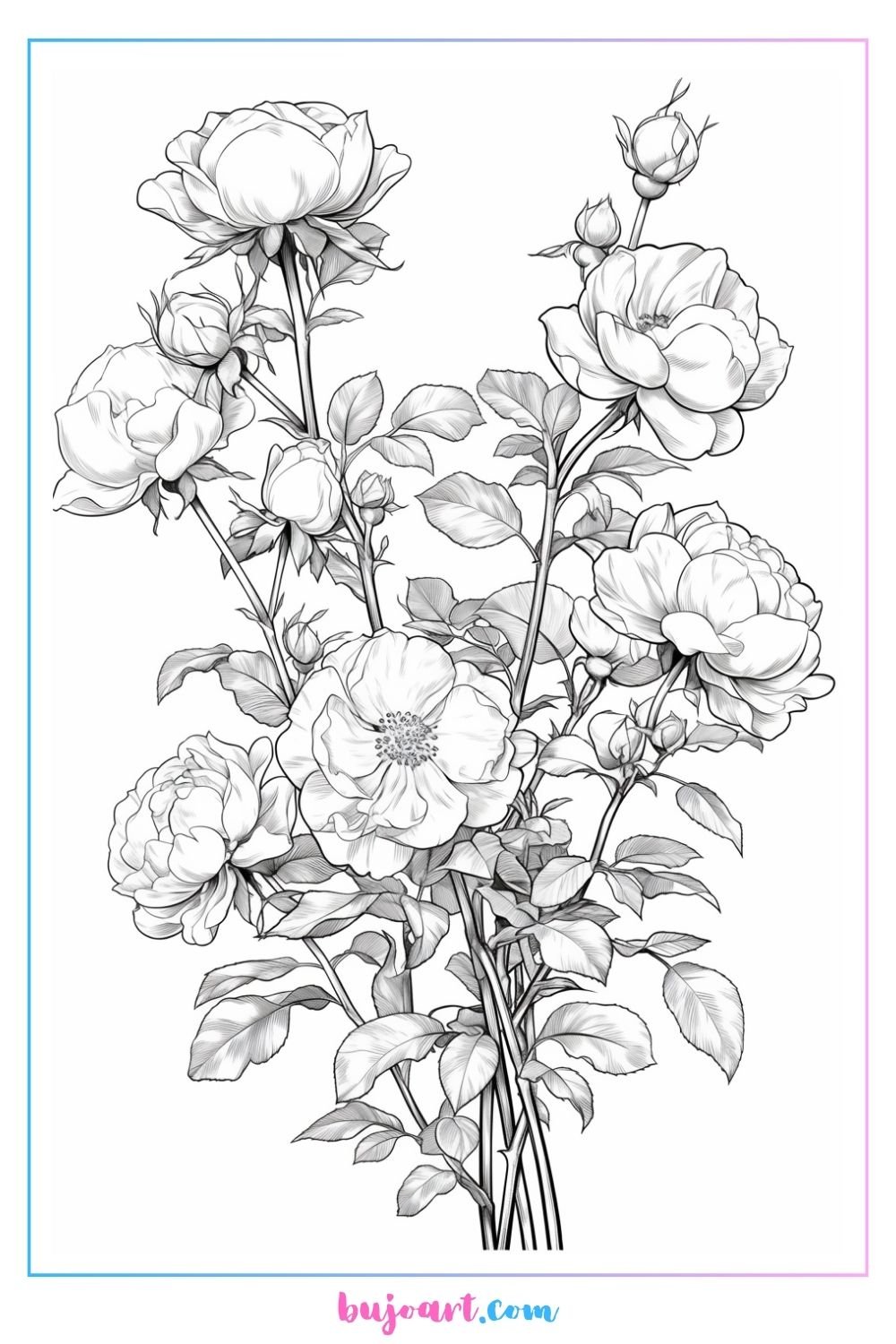The Ultimate Tutorial: Learn How to Draw a Face Like a Professional Artist
Introduction: The Art of Drawing Faces
In this comprehensive tutorial, I’ll guide you through the process of drawing faces like a professional artist. We’ll explore everything from basic proportions to advanced techniques for capturing depth and emotion. By the end of this article, you’ll have a solid foundation in face drawing and the confidence to create stunning portraits.
Drawing faces is not just about replicating what you see; it’s about capturing the essence of a person. It’s a skill that combines technical knowledge with artistic intuition. As we delve into the various aspects of face drawing, remember that practice and patience are key. Let’s embark on this artistic adventure together!
Understanding Facial Proportions and Structure
Before we dive into the details, it’s crucial to understand the basic proportions and structure of the human face. This knowledge will serve as the foundation for all your face drawings, regardless of style or complexity.
The human face typically follows a set of standard proportions:
-
-
The face can be divided into three equal parts:
-
- Hairline to eyebrows
-
- Eyebrows to bottom of nose
-
- Bottom of nose to chin
-
-
-
-
The eyes are positioned roughly halfway between the top of the head and the chin.
-
-
-
The width of the face is about five eye-widths across.
-
-
-
The corners of the mouth usually align with the pupils when looking straight ahead.
-
-
-
The ears typically extend from the eyebrows to the bottom of the nose.
-
Understanding these proportions is crucial, but remember that every face is unique. As you progress, you’ll learn to adjust these guidelines to capture individual characteristics and expressions.
When it comes to structure, think of the face as a series of interconnected shapes. The skull forms the base, with the forehead, cheekbones, and jaw creating the overall shape. The eyes, nose, and mouth are then positioned within this framework. By breaking down the face into these basic shapes, you’ll find it easier to construct accurate and balanced drawings.
Credit: 波叔教画画
Techniques for Adding Depth and Dimension to Your Face Drawings
Face Angles
Drawing faces from different angles adds variety and interest to your portraits. Here are some tips for common angles:
- Profile: Focus on the curve of the forehead, nose, and chin. Pay attention to the placement of the eye and ear.
- Three-quarter view: This is a popular angle as it shows depth. Remember that features closer to the viewer appear larger.
- Top-down or bottom-up views: These can be challenging but dramatic. Pay close attention to how facial features appear foreshortened from these angles.
Practice drawing the same face from multiple angles to better understand how the features relate to each other in three-dimensional space.
Now that we’ve covered the basics of proportion and structure, let’s explore techniques to bring your face drawings to life with depth and dimension.
Shading and Shadows
Shading is the key to creating the illusion of three-dimensionality in your drawings. When shading a face, consider the following:
- Identify the light source: This will determine where the highlights and shadows fall.
- Use a range of tones: Gradually transition from light to dark to create smooth shading.
- Pay attention to cast shadows: These are created by facial features like the nose or brow ridge.
I find that using a combination of hatching, cross-hatching, and blending techniques can create rich, varied textures that enhance the realism of your drawings.
Highlighting
Highlights are just as important as shadows in creating depth. They represent the areas where light hits the face most directly. Key areas for highlights include:
- The forehead
- The bridge of the nose
- The cheekbones
- The chin
Remember, the intensity of highlights will vary depending on the skin texture and the strength of your light source.
Credit: 波叔教画画
Common Mistakes to Avoid When Drawing Faces
As you develop your face drawing skills, be aware of these common pitfalls:
- Symmetry issues: Human faces are not perfectly symmetrical, but major asymmetry can make a drawing look off. Use guidelines to keep features aligned.
- Incorrect proportions: Double-check the placement of features, especially in relation to each other.
- Flat shading: Avoid uniform shading across the face. Remember that different planes of the face catch light differently.
- Overworking: Sometimes less is more. Know when to stop and avoid adding unnecessary details that can make the drawing look cluttered.
- Ignoring the neck and ears: These areas are often overlooked but are crucial for a complete and balanced portrait.
- Hard outlines: Avoid using hard lines around the entire face. Instead, use varying line weights and let some edges blend into the background.
- Neglecting bone structure: Remember that there’s a skull under the skin. Understanding facial anatomy will improve the structure of your drawings.
By being aware of these common mistakes, you can consciously work to avoid them and improve your face drawing skills more quickly.
Conclusion: Embracing Your Unique Style in Face Drawing
As we conclude this tutorial on how to draw a face, I want to emphasize the importance of developing your own unique style. While the techniques and principles we’ve discussed provide a solid foundation, true artistry comes from experimentation and personal expression.
Don’t be afraid to break the rules once you understand them. Your interpretation of faces – whether realistic, anime, cartoon, or something entirely new – is what will set your artwork apart. Remember, every great artist started as a beginner, and consistent practice is the key to improvement.
I encourage you to keep a sketchbook and draw faces regularly. Observe people around you, study photographs, and even practice drawing faces from your imagination. Each drawing is an opportunity to learn and grow as an artist.
Ready to take your face drawing skills to the next level? Join our online community of artists! Share your work, get feedback from peers and professionals, and access exclusive tutorials and resources. Sign up now and receive a free e-book on advanced shading techniques for face drawing. Don’t miss this opportunity to connect, learn, and grow as an artist!
Drawing faces is a journey of continuous learning and discovery. Embrace the process, celebrate your progress, and most importantly, enjoy the art of bringing faces to life on paper. Happy drawing!

